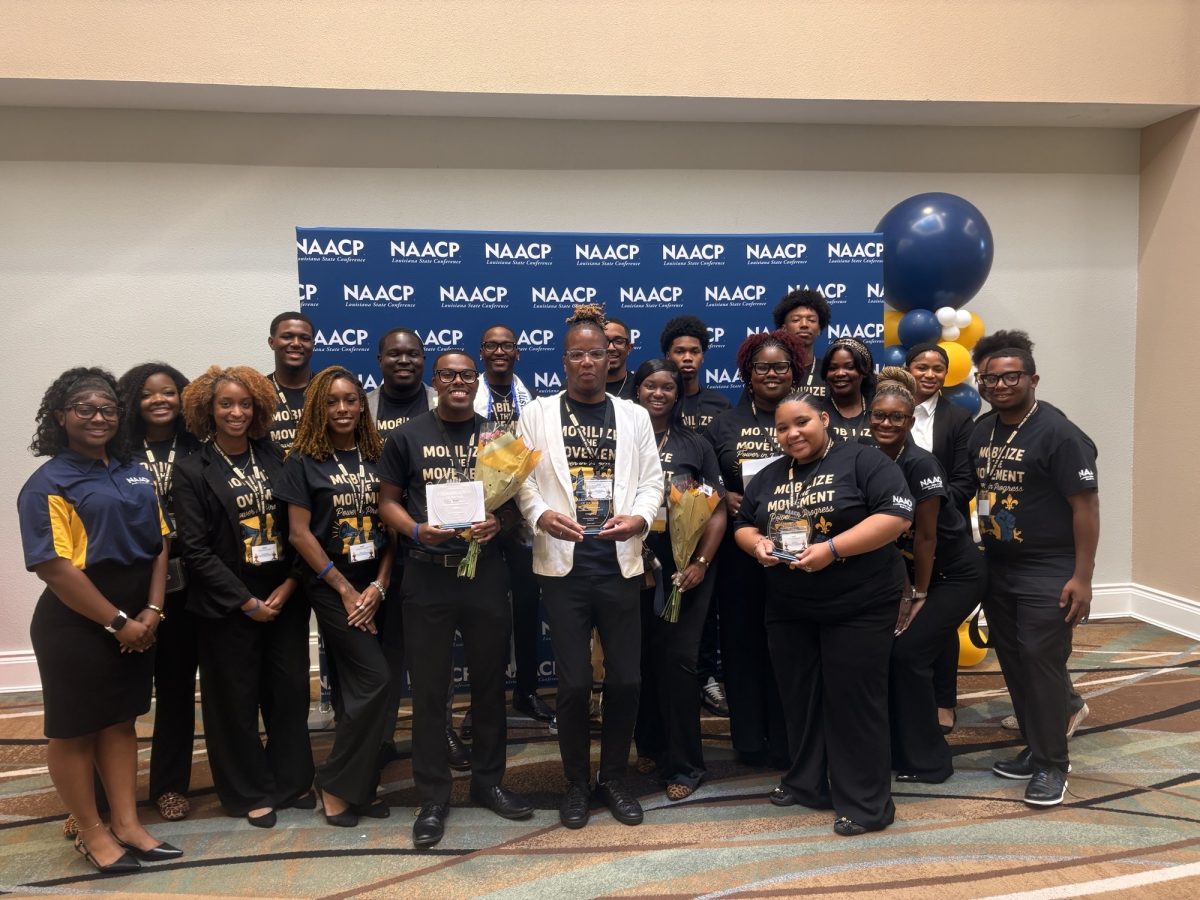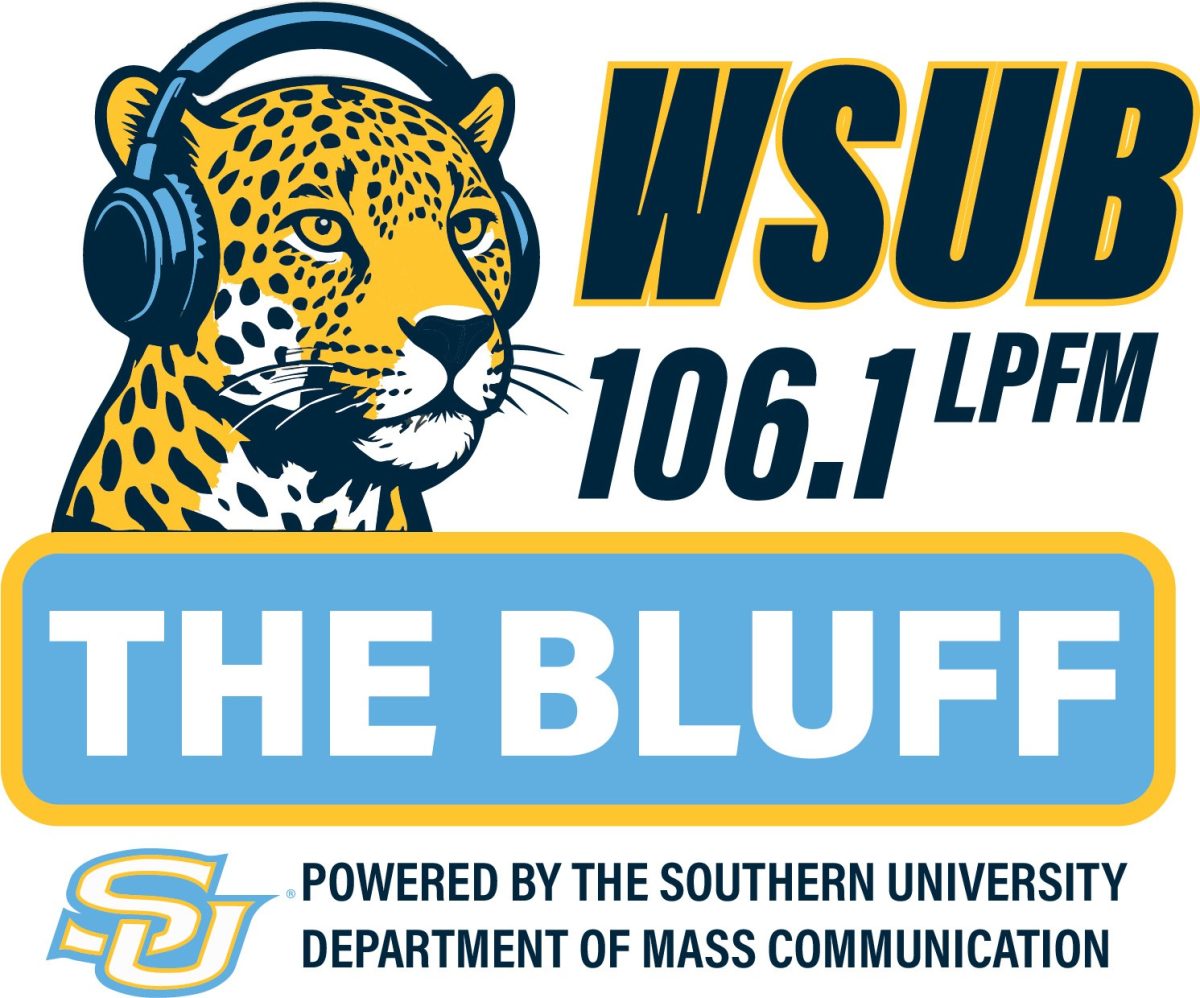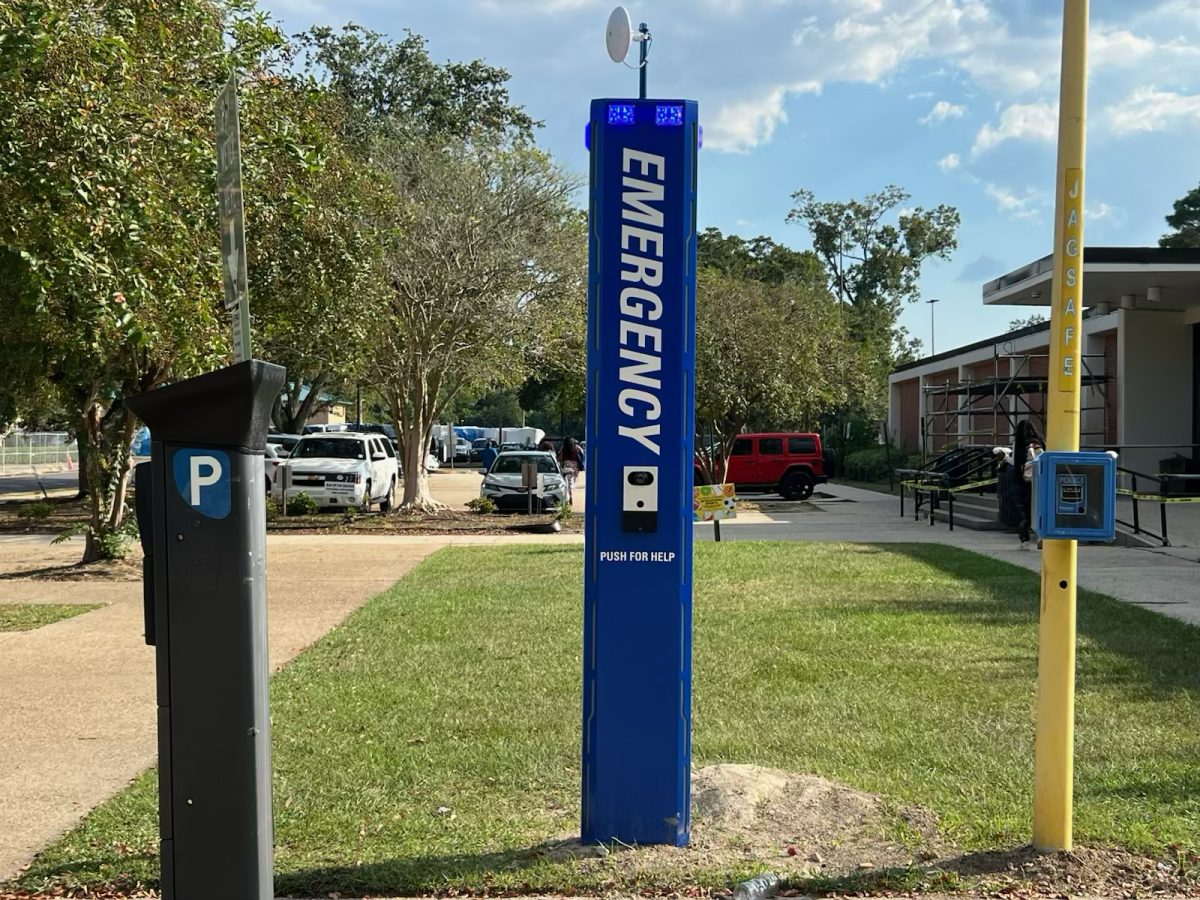There have been anecdotal and circumstantial evidence of mold in several of the dormitories among the student body for some time now, but it has been officially confirmed that Boley Hall has multiple cases of mildew growing in various rooms as of Wednesday, October 9.
The cause of the recent mildew outbreak appears to be the lack of ventilation and circulation within the rooms. Being one of the oldest dormitories on campus, Boley Hall lacks a robust ventilation system. When the air conditioning is on in a room, the fan is blowing cold air in a circle. Because that air has no place to go to, the moisture in the air collects on surfaces. Once the air conditioning is then turned off, and the temperature rises, any surface that has an excess of moisture or any remnant food particles turns into a breeding ground for mildew.
Many of the rooms in Boley Hall have had their window style air conditioning units replaced and/or upgraded, which has only further exacerbated the mildew outbreak. Anna Slayman, a current resident in Boley expresses the frustration she feels about the lack of support from student housing, “In the beginning of the semester, the mold wasn’t there and then about a week or two later it started appearing in many people’s rooms, including mine. I’ve put in several requests to Maintenance and nothing was handled, which wasn’t a surprise because I went through the same thing last year. They’ll say it’s being fixed or cleaned but really they’re just pouring bleach everywhere.”
Students also complained that the mold was beginning to grow on to their clothes and personal items within their rooms. Amber Johnson another resident of Boley was in rage as she explained how not only her stuff could not be replaced but even after putting in multiple work orders nothing was handled until weeks later, “They didn’t come in here to begin cleaning until October 8th. My room had been full of mold for weeks now. I had to replace clothes, and personal items because of the mold growing on them. My mom and grandmother have now begun to search for a lawyer because whatever they’re using to remove the mold isn’t working. Days later it grows right back.”
It is important to reiterate that Boley Hall does not have mold, it has mildew. While very similar, mildew is a less severe problem than mold as it often times does not leave lasting damage to surfaces, it is a very common problem in homes, is less likely to be either a skin and/or respiratory irritant, and is fairly easy to treat and, ultimately, remove. With that being said, however, several students have either chosen or been forced to move to other housing options due to allergic reactions such as skin irritation and coughing.
Executive Director of Student Services and Residential Life University Apartments, Tracie Abraham, wants it to be clear that what Boley Hall has is “a circulation problem” and that “Boley Hall has no instances of mold.” Other staff members affiliated with Boley, such as maintenance workers and resident assistants, could not be reached for comment.
This latest mildew outbreak is only the most recent example of Southern University failing to maintain safety and health standards. A report back in 2016 from the Louisiana Legislative Auditor cited life safety concerns in over 21 buildings with the report noting that “some buildings on the SUBR campus show deteriorating conditions, including buildings with plumbing backups; interior/exterior moisture causing potential environmental issues such as mold,” with the report going on further about other federal and state safety violations and concerns stretching as far back as 2007.
The state of Boley Hall can ultimately be traced back to a lack of funding by the state. The same report that found the laundry list of failed compliance, also notes that a primary factor for the violations could be due to a lack of funding. Administration submitted over 41 repair projects over a two year, fiscal period totaling $21.7 million. Only 7 of the 41 were approved, totaling a mere $4.8 million.
If the current trend continues, Boley Hall is not going to receive the improvements that it needs in order to operate long-term. Based on the financial history of the university, it can be speculated that the building is not going to exist in the next ten to fifteen years which is why the building is not going to receive any major upgrades, like a ventilation system would entail, but instead is going to be repaired and upgraded as needed. Either way though, it appears that the mildew is here to stay.
Categories:
Fungus outbreak in Boley Hall: Mildew, not Mold
October 15, 2019
0
More to Discover










